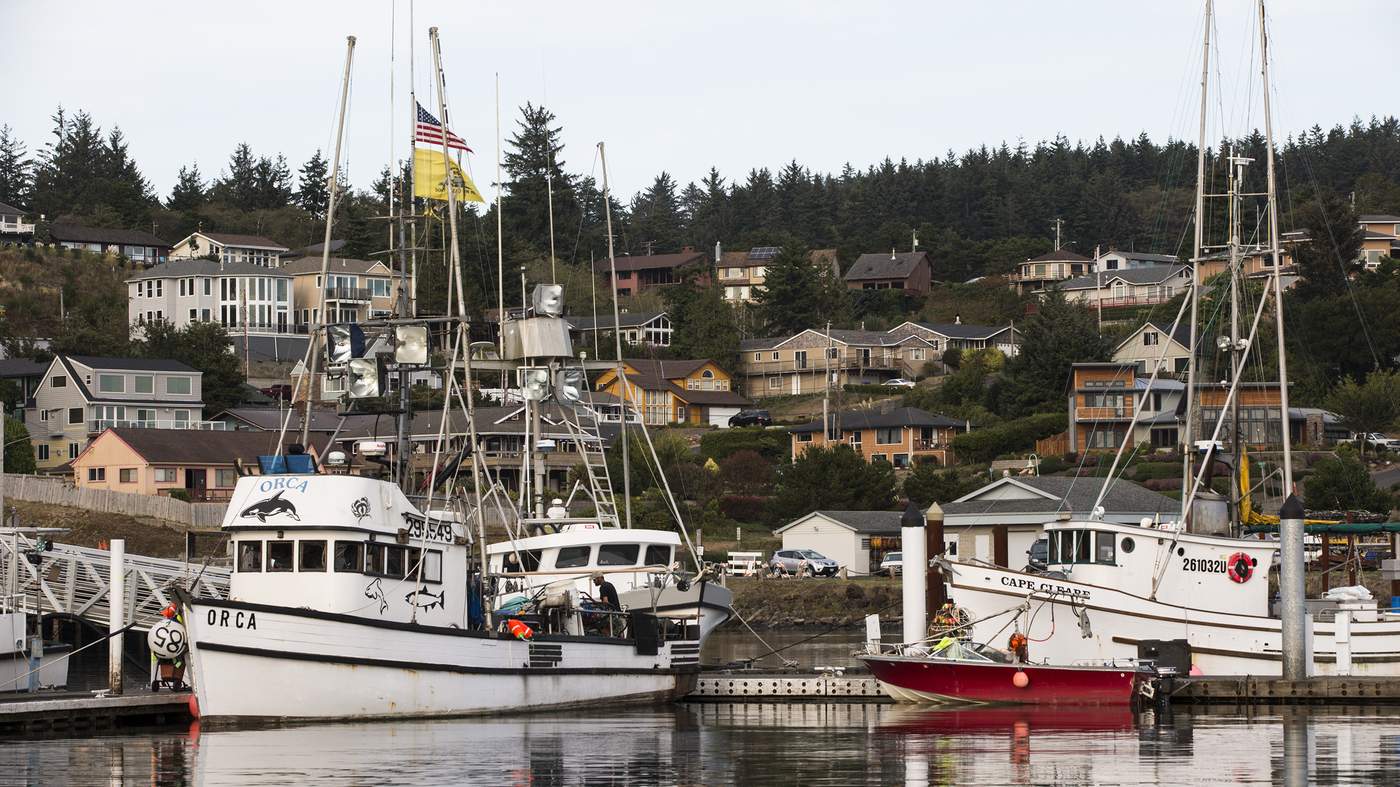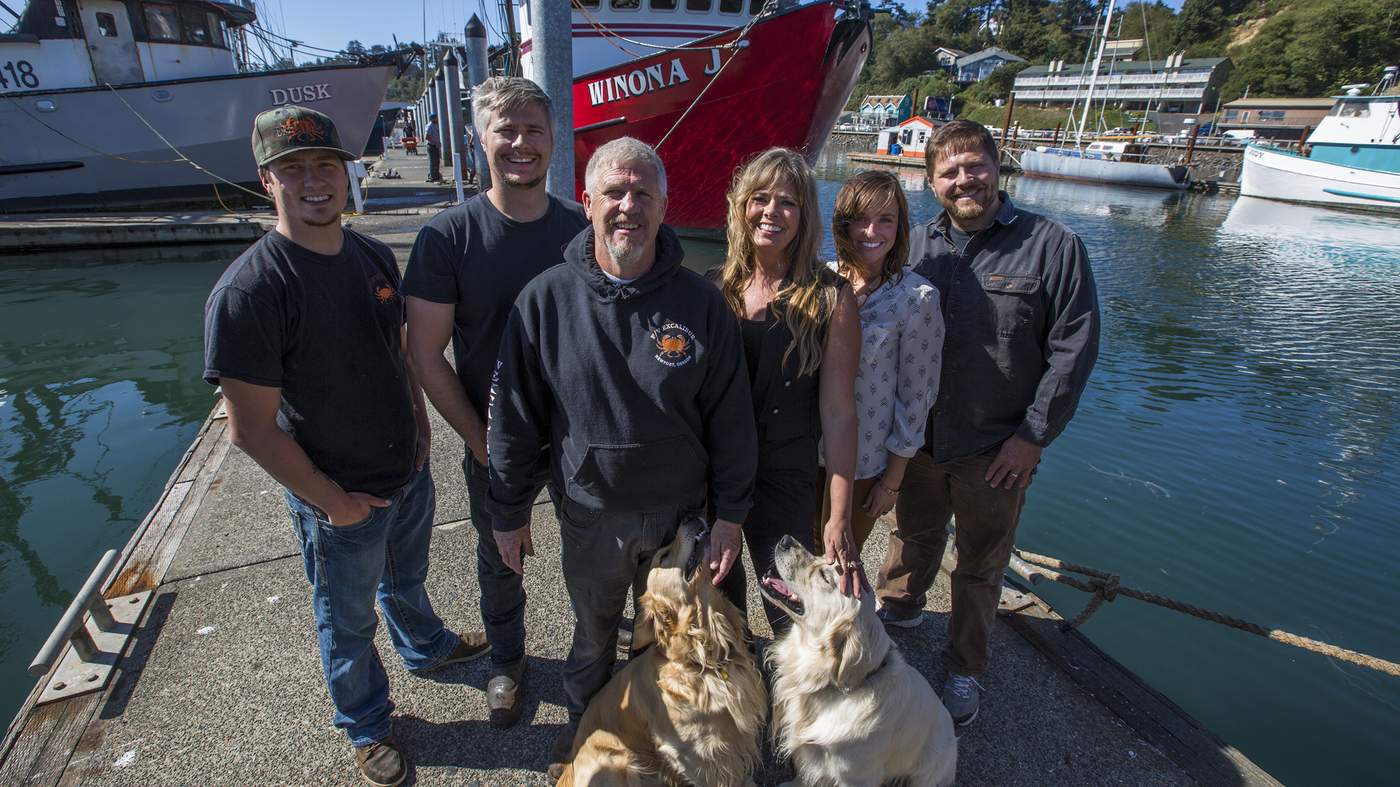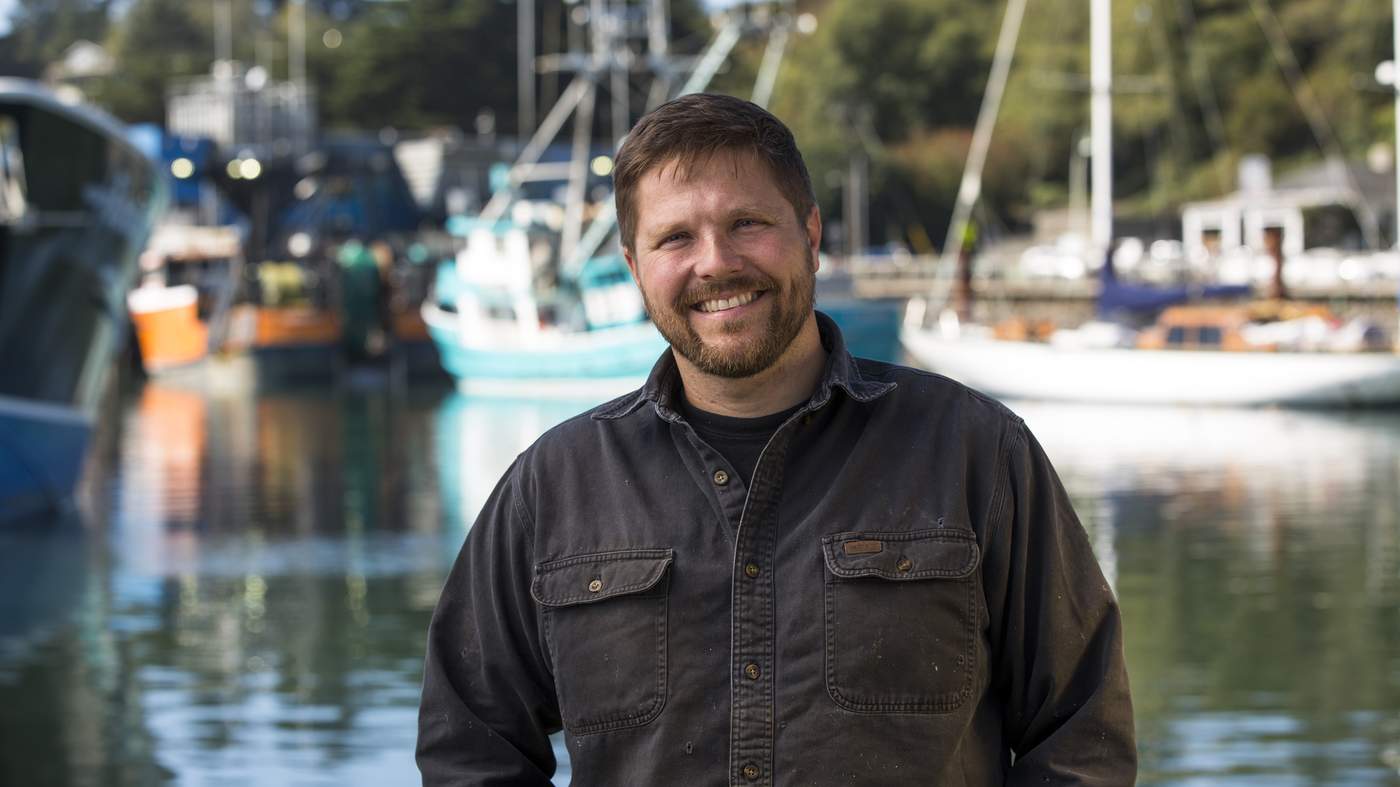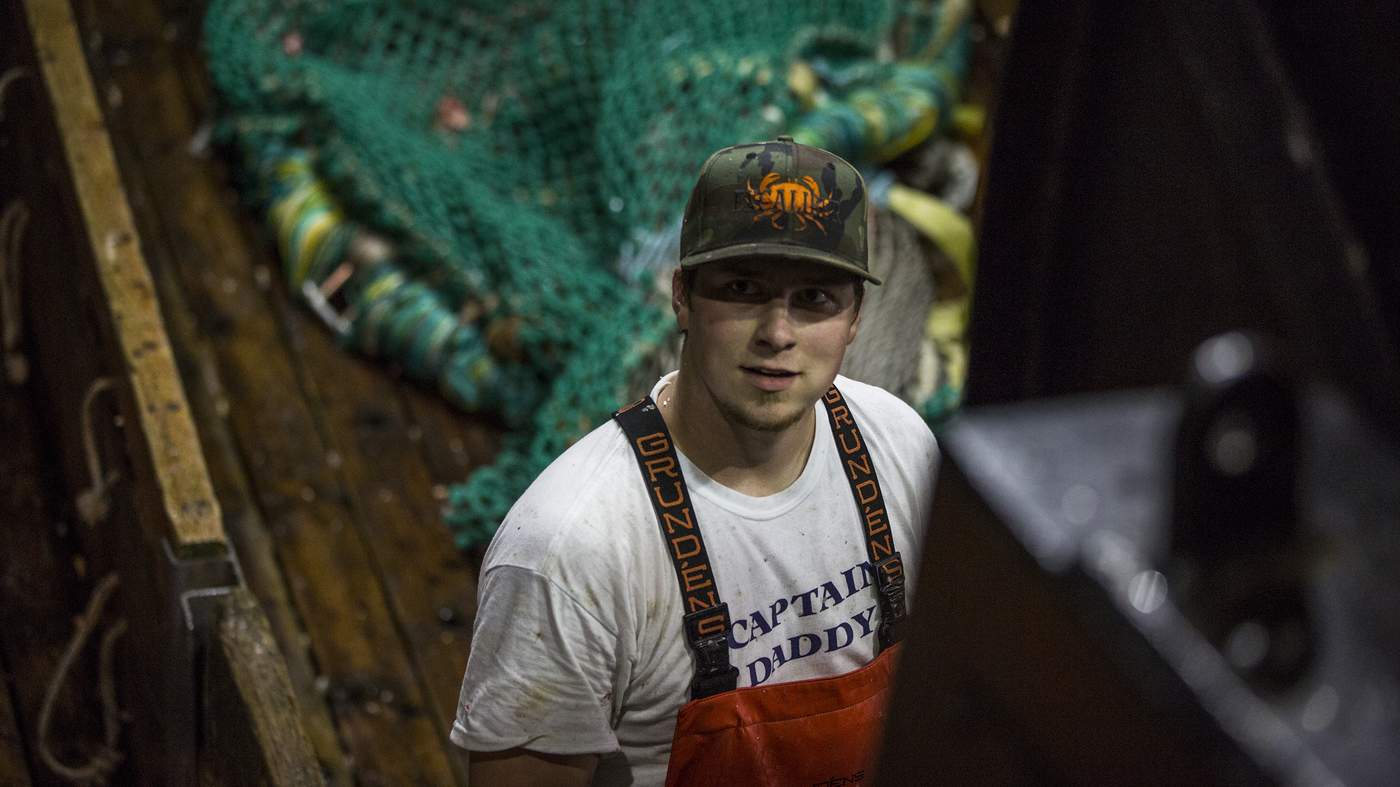Once abundant and supporting vibrant fishing communities all along the West Coast of the United States, groundfish populations began to collapse in the 1990s. The fishery hit rock bottom when it was declared a federal disaster in 2000 by the National Oceanic and Atmospheric Administration (NOAA), the government organization that oversees all fisheries in the U.S.
The collapse – which was due to a combination of factors including a poor understanding of groundfish biology, management challenges, and unfavorable environmental conditions – had a huge economic impact on fishermen, their families, and the surrounding fishing towns, as some fishermen left and processing plants shut down.
Instead of abandoning the fishery and moving on to more abundant species or ceasing to fish altogether, groundfish fishermen were dedicated to helping populations recover.
Fishermen reduced the size of the fleet and worked in partnership with environmental nonprofit organizations and fishery managers to fundamentally change the way this fishery operated.
Using innovative fishery management tools (like gear modifications on-board observers, and off-limits fishing areas) and scientific research, groundfish populations slowly rebounded. This was a long and difficult process, but those involved in the fishery were committed to protecting this natural resource and nurturing fish stocks back to productivity.
Through careful management, diligent data collection, and a genuine love and respect for the ocean and what comes out of it, the West Coast Groundfish fishery rebounded.
Fourteen years after the collapse, after more than a decade of hard work and collaboration, 13 species achieved MSC certification for sustainable seafood. The fishery is now more abundant than ever and is currently preparing for its first reassessment and re-certification to the MSC Fisheries Standard, continuing its journey of sustainability.
In celebration of a true American success story and to understand their journey toward sustainability, the MSC was invited to join Mike Retherfords Sr. and his family for a night of widow rockfish fishing."
During this time, Mike Sr. was working on diversifying his fishing efforts. While many fishermen switched career paths or moved to Alaska to keep fishing, Mike wanted to stay in Newport to keep doing what he loves: fishing with his family.
“I think Newport is one of the best fishing communities on the coast because we have a wide variety of vendors that take care of the fishing fleet, so everybody always comes back,” he tells us. “Everybody’s kind of just stuck together through thick and thin and it’s made for a really good community.”
So the Retherfords stayed. Mike Sr. updated his vessel, the F/V Excalibur, made her much larger, and got involved in three other fisheries: crab, hake, and shrimp. This kept his family going through the groundfish collapse.
As a fishing family, the Retherfords were committed to continuing to make a living on the water, but they also wanted to help ensure the recovery of groundfish populations. This led them to an interesting opportunity with NOAA Fisheries.
Every year, NOAA scientists survey groundfish populations all along the West Coast, from California to Washington, and sometimes they conduct those surveys aboard the Excalibur. This cooperative research fosters good relationships between fishery managers, scientists, and fishermen, while ensuring that the data being used to make decisions is as up-to-date as possible.
"The fishery changed as different management tools came into place," explains oldest son Mikey Jr.
"Over the years in my career, we've seen a big change in fishing practices as far as the tools and mechanisms that we use to harvest our fish sustainably."
After extensive research like the NOAA Fisheries surveys and stakeholder input, the group that manages the West Coast groundfish fishery, the Pacific Fishery Management Council, made the somewhat controversial decision to implement an individual fishery quota (IFQ) system known as catch shares.
This involves determining the amount of fish that can be safely caught and dividing it up among individual fishermen or fishing vessels. By giving portions of the total catch to individuals, fishermen can harvest their share according to their own schedules or lease it to others if they are unable to fish.
Not only did this make fishing safer (because now there is no race to fish and fishermen can wait to go out until conditions are optimal), but it also increased accountability and improved the stability of fishermen’s income.
"The management program that we have now is coming around," Chris says. "The industry is moving forward. Our fish is recovering. We're seeing it. We're showing it. It's a beautiful thing."
In addition to the catch share program, the groundfish fishery continues to make improvements. For example, they’ve modified some fishing gear to minimize environmental impacts and reduce bycatch. There has also been increased collaboration to identify and avoid overfished stocks and at-risk fishing areas.
When talking about the future of the groundfish fishery, the Retherfords were optimistic. When your whole family is involved, there's no shortage of motivation to ensure groundfish populations remain at sustainable levels.
"I continue to be engaged in fishing now because of my family," says Mike Sr. "Fish sustainably; make a future for our family."
I want my kids to have a future,” says youngest son Kyle. "If my son chooses to go fishing and run a boat, I hope that we can do something about it now to make sure those opportunities are still there.”
“As fishermen, we take a lot of pride in what we do. We get happiness from other people being able to enjoy the things that we enjoy."
One of the things that this family enjoys the most is, not surprisingly, eating seafood. Kyle’s favorite is lingcod. He keeps the recipe simple: “I like to cook it in garlic and butter.”
Mikey Jr., however, prefers sole. “My personal favorite is petrale sole with a panko crust,” he said. Others even said they eat it for breakfast – petrale and eggs! Regardless of which West Coast groundfish species you prefer, you can be sure it’s not going anywhere.
Thanks to dedicated groundfish fishermen like the Retherfords, this fishery experienced what NOAA called the "biggest transformation in fish management for more than a generation.” From complete collapse to recovery and eventual MSC certification, this fishery shows what hard work, collaborative research, flexibility, and determination can do to ensure that fish are around for generations to come.









